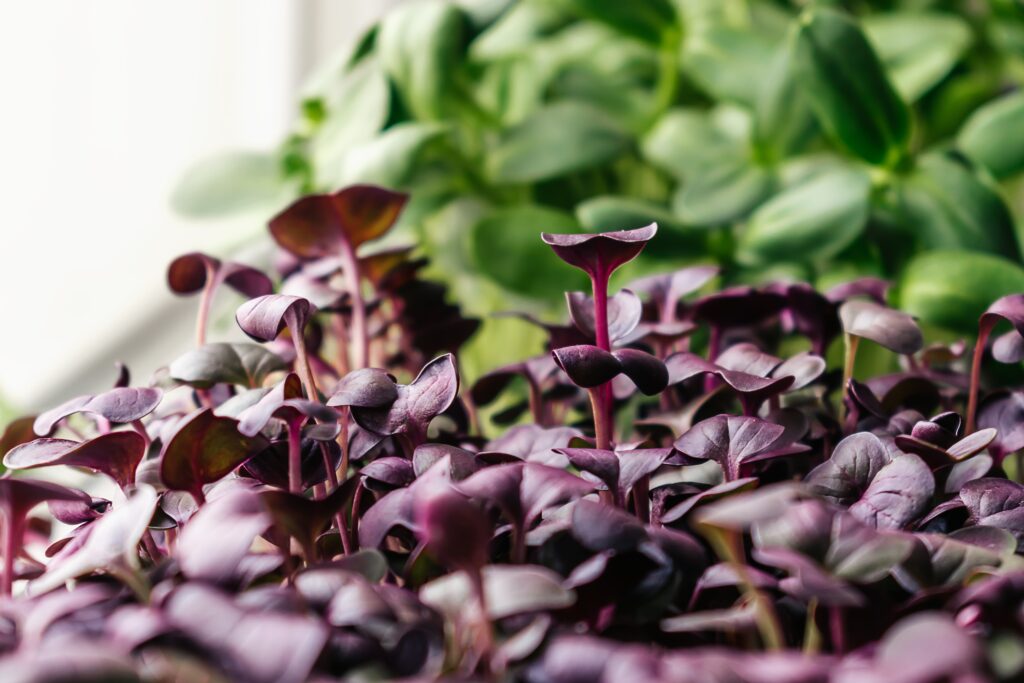Hydroponics is an innovative method of growing plants without soil, using nutrient-rich water to deliver essential nutrients directly to the roots. This method has gained popularity due to its numerous benefits, such as water conservation, faster growth rates, and reduced risk of pests and diseases. One fascinating aspect of hydroponics is aeroponic towers, which offer a unique and efficient way to grow plants vertically. In this article, we’ll discuss how to get started with hydroponics and delve into the world of aeroponic towers.
Understanding the Basics of Hydroponics
Before diving into aeroponic towers, it’s essential to understand the fundamentals of hydroponics. Here are some key points:
- Hydroponics uses a water-based solution to deliver nutrients directly to plant roots.
- There are several types of hydroponic systems, including nutrient film technique (NFT), deep water culture (DWC), and aeroponics.
- Hydroponic systems can be used to grow a variety of plants, including vegetables, herbs, and ornamental plants.
What Are Aeroponic Towers?
Aeroponic towers are vertical hydroponic systems that suspend plant roots in a nutrient-rich mist instead of submerging them in water. This method provides plants with ample oxygen, promoting rapid growth and high yields. Some advantages of aeroponic towers include:
- Space efficiency: The vertical design maximizes the use of available space, making it suitable for urban environments and small-scale gardens.
- Water conservation: Aeroponic systems use less water than traditional soil-based gardens and other hydroponic systems.
- Faster growth rates: The abundance of oxygen and nutrients results in faster growth and higher yields.
- Ease of maintenance: Aeroponic towers are relatively easy to maintain, as they do not require a growing medium and have fewer issues with pests and diseases.

Steps to Get Started with Hydroponics and Aeroponic Towers
- Research: Learn about the various types of hydroponic systems and determine which one is the best fit for your needs and available space. Aeroponic towers are an excellent choice for those looking to maximize vertical space and benefit from rapid growth rates.
- Choose Your Plants: Select plants that are suitable for hydroponic growing and compatible with the aeroponic system. Some popular choices include leafy greens, herbs, and small fruiting vegetables.
- Acquire or Build an Aeroponic Tower: You can either purchase a pre-built aeroponic tower system or build your own DIY version. Pre-built systems are typically more user-friendly and come with support and resources, while DIY systems offer greater customization and can be more cost-effective.
- Set Up Your System: Assemble and install your aeroponic tower according to the manufacturer’s instructions or your DIY plan. Ensure that the system is located in an area with access to natural light, water, and electricity.
- Prepare the Nutrient Solution: Mix a hydroponic nutrient solution specifically formulated for aeroponic systems, and follow the recommended guidelines for the concentration of nutrients and the pH level.
- Transplant or Start Seeds: Transplant seedlings or start seeds in the aeroponic tower, ensuring that the roots are properly exposed to the nutrient mist. Some systems may require the use of specialized net pots or foam inserts to hold the plants in place.
- Monitor and Maintain Your System: Regularly check the nutrient solution’s pH and nutrient levels, adjusting as needed to maintain optimal plant growth. Ensure that the misting system is functioning correctly and that the plants receive adequate light and air circulation.
Selecting the Right Aeroponic Tower System
With various aeroponic tower systems available on the market, it’s crucial to choose one that aligns with your specific needs and preferences. Here are some factors to consider when selecting an aeroponic tower system:
- Size and Capacity: Consider the number of plants you want to grow and the available space in your garden or home. Aeroponic towers come in various sizes and capacities to accommodate different needs.
- Ease of Use: If you’re new to hydroponics or aeroponics, look for a user-friendly system that includes comprehensive instructions and support.
- Material and Construction: Choose a system made from high-quality, durable materials that can withstand the moist environment of an aeroponic tower.
- Expandability: Some aeroponic tower systems can be expanded with additional modules, allowing you to increase your growing capacity as your garden grows or as your experience with aeroponics develops.

Incorporating Technology into Your Aeroponic Tower
Modern technology can significantly enhance the efficiency and ease of maintaining an aeroponic tower. Consider incorporating the following technologies into your system:
- Automated Nutrient Delivery: Systems that automatically monitor and adjust nutrient levels can save time and ensure optimal plant growth.
- Smart Misting: Integrating smart misting systems can help conserve water and provide plants with the precise amount of nutrient-rich mist they need.
- Environmental Monitoring: Using sensors to monitor temperature, humidity, and light levels can help maintain the ideal growing conditions for your plants.
- Remote Monitoring and Control: Smartphone apps and web-based platforms can allow you to monitor and control your aeroponic tower remotely, ensuring that your plants are always receiving the care they need.
Maximizing Yield and Success with Your Aeroponic Tower
To achieve the best possible results with your aeroponic tower, follow these tips for success:
- Proper Plant Spacing: Space plants appropriately to ensure they receive adequate light and air circulation, preventing overcrowding and competition for resources.
- Pruning and Training: Regularly prune and train plants to maintain a balanced, vertical growth habit and to maximize light exposure.
- Optimal Nutrient Management: Monitor and adjust nutrient levels and pH in your nutrient solution regularly to provide the best environment for plant growth.
- Pest and Disease Control: Keep an eye out for any signs of pests or diseases and address issues promptly using organic or chemical treatments as needed.
Conclusion
Taking the plunge into hydroponics and aeroponic towers can open up a world of possibilities for urban gardeners and those looking to maximize space while enjoying the numerous benefits of soilless growing methods. By carefully selecting the right aeroponic tower system, incorporating technology, and following best practices for maintenance and plant care, you can experience the joy of harvesting fresh, homegrown produce from your own vertical garden. Embrace the challenge and embark on your hydroponic journey, contributing to a sustainable, greener, and healthier urban environment. If you’re on the lookout for the most trusted suppliers (as high-quality supplies can’t be ignored!), you can find some of the best here!






